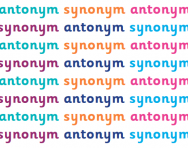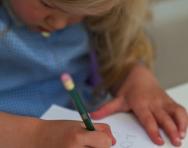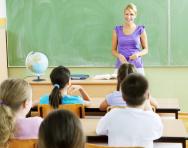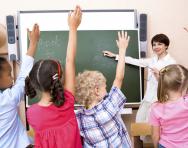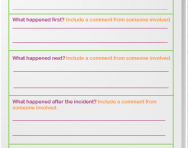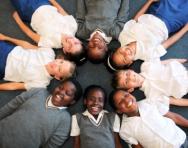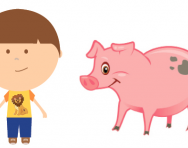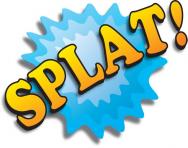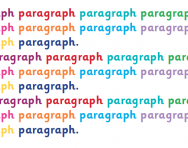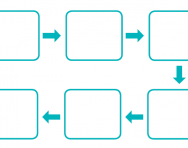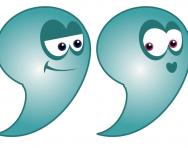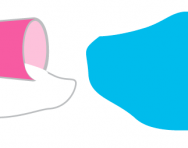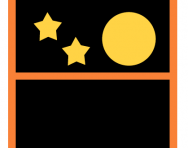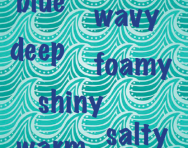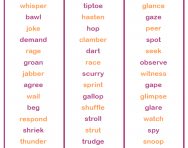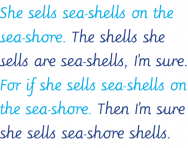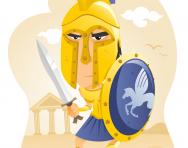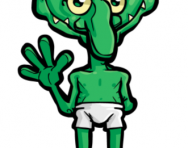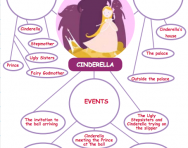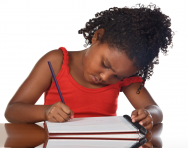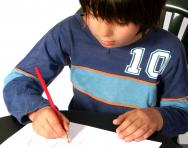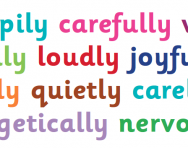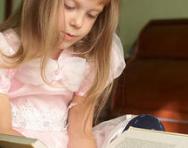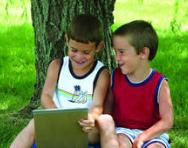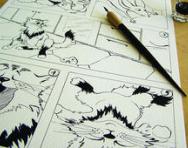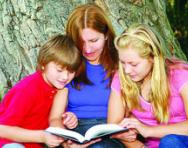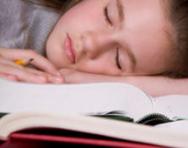Creative writing and fiction articles
What are synonyms and antonyms?
We explain what synonyms and antonyms are and how children are taught to use synonyms to improve their writing in primary school.
What is extended writing?
At school your child will be expected to produce pieces of extended writing, which is a writing task completed independently. Find out how teachers will help your child develop this skill and how you can support their learning at home.
What is modelled writing?
Modelled writing is a technique teachers use to model for children how they could carry out the thinking process when writing a story. See an example of how this process could work.
What is shared writing?
Shared writing is a collaborative technique teachers use to help children develop ways to improve their writing. See an example of shared writing at work and an explanation of how it gives children a model of what they are expected to write.
What is a writing frame?
Your child will be taught to use a writing frame to help them set out stories they are writing. Find out how teachers explain how to use a writing frame and the features they contain.
What is brainstorming?
Children learn how to brainstorm in school to generate ideas and solve problems. Find out how teachers encourage children to develop this skill and how it can help improve your child's written work.
What is a metaphor?
A metaphor is a figure of speech where two things that are normally unrelated are compared to each other. Find out how teachers explain metaphors to school children and how to encourage your child to spot metaphors and use them to improve their writing.
What is onomatopoeia?
Onomatopoeia is a word that names a sound, but also sounds like that sound. Find out how teachers explain onomatopoeia to school children and how to encourage your child to use it to improve their writing.
What is a paragraph?
Paragraphs are sections of text, used to structure writing to make it clear and easy to read. We explain how the use of paragraphs is taught in KS2 and how you can help your child improve their writing by using paragraphs at home.
What is a story map or story mountain?
Your child will be taught to use different planning and analysis tools in primary literacy. Story maps, story flowcharts and story mountains are diagrams to help them think clearly about the plot and structure of what they're writing. We explain what parents need to know.
What are direct and indirect speech?
From Year 3 onwards your child will learn to write direct speech (quoting exact words spoken) and indirect speech (reporting a conversation). Our parents' guide covers the use of speech marks and how your child will cover this area of punctuation in the classroom.
What is a simile?
In Key Stage 2 children learn to recognise the use of figurative language in the texts they are reading. They will also be encouraged to use similes (and perhaps metaphors) in their writing. We explain how to identify similes and encourage your child to use them to improve their written work.
What is personification?
In KS2 children often analyse figurative language when reading poetry and fiction. Personification, or giving a non-living object human characteristics to describe it, is a common technique children will study and learn to use in their own writing.
What is an adjective?
Adjectives describe nouns, but how will your child be taught to use them correctly? We explain how word banks and a thesaurus can help improve your child's writing by encouraging them to use effective, powerful adjectives in their work.
What is a word bank?
Word banks are useful tools to help improve children's writing in KS1 and KS2. Find out how to create one at home and make expanding vocabulary a whole-family project!
What are alliteration, assonance and consonance?
When analysing poetry your primary-school child might mention alliteration, assonance and consonance. We explain what they've been taught to look out for in literacy lessons.
What are myths and legends?
Myths and legends are taught as part of the primary-school curriculum; as well as reading them your child will probably write their own version. We explain what parents need to know to support learning at home.
What is creative writing?
Children are encouraged to read and write a range of genres in their time at primary school. Each year they will focus on various narrative, non-fiction and poetry units; we explain how story-writing lessons help develop their story structure, grammar and punctuation skills.
What is a spider diagram?
Spider diagrams are common planning tools in the primary-school classroom, used in science as well as literacy. We explain what you need to know to help your child use a spider diagram when preparing a fiction or non-fiction piece of writing.
What is a story setting?
Every story has a setting, and primary-school children learn to analyse story settings in other people's writing before using the same techniques in their own fiction writing. Read on for details of how story settings are taught in KS1 and KS2.
Creative writing techniques for kids: a step-by-step guide to writing a story
Encouraging children to write a story of their very own can give them an enormous confidence boost, as well as help them consolidate their literacy learning by putting their phonics, grammar and reading skills into practice. Primary teacher Phoebe Doyle offers parents tips on how to get their children’s creative thoughts flowing.
9 fun writing projects to boost literacy skills
Stories aren’t just for reading – teachers regularly use a story as a starting point to engage children in many writing activities that cover a wide range of objectives. Here, education writer Phoebe Doyle gives you a few suggestions for doing the same at home.
What are adverbs?
Use our quick guide to adverbs to help your child understand this descriptive part of speech.
Storytelling for Early Years Foundation Stage children
When it comes to storytelling, children are naturally gifted. Find a range of activities here to support your Early Years Foundation Stage child's storytelling skills.
Storytelling support for Key Stage 1 children
Help develop your Key Stage 1 child's storytelling skills with these great activities.
Storytelling ideas for Key Stage 2
Stimulate your child's storytelling skills with these unusual literacy activities.
Film-making and animation fun for children
How can you stimulate your primary-school child's interest in literacy and storytelling? From script-writing to editing, these hands-on movie-making activities are perfect for older children to have a go at. You might even help inspire the next Danny Boyle!
How storytelling can boost learning
As a tool for developing speaking skills, literacy and bonding between parent and child, storytelling is unsurpassed. Phoebe Doyle investigates why it’s so beneficial.
SATs revision: your KS2 SATs English helper
Boost your child's confidence before the Y6 English assessments with these handy tips and literacy activities that you and your child can work on together.
